Chemical Composition and Mechanical Properties
Chemical Composition Analysis
The chemical composition of steel plays a significant role in determining its properties and performance. Q345B steel and Q235 steel have different chemical compositions, which contribute to their unique characteristics.
Q345B steel typically contains higher amounts of carbon, manganese, and other alloying elements compared to Q235 steel. This enhanced composition results in improved strength and toughness, making Q345B steel suitable for more demanding applications.
On the other hand, Q235 steel has a lower carbon content, which makes it more ductile and easier to weld. This composition makes Q235 steel an excellent choice for general-purpose structural applications where high strength is not the primary requirement.
Yield Strength Comparison
One of the most significant differences between Q345B steel and Q235 steel lies in their yield strength. Yield strength is a crucial factor in determining the load-bearing capacity of steel structures.
Q345B steel boasts a higher yield strength, typically ranging from 345 MPa to 355 MPa, depending on the thickness of the material. This higher yield strength allows Q345B steel to withstand greater loads and makes it suitable for applications where structural integrity is paramount.
In contrast, Q235 steel has a lower yield strength of around 235 MPa. While this makes it less suitable for heavy-duty applications, it offers excellent formability and is often used in less demanding structural projects.
Tensile Strength and Elongation
Tensile strength and elongation are essential properties that affect the overall performance of steel structures. Q345B steel generally exhibits higher tensile strength compared to Q235 steel, making it more resistant to deformation under load.
The tensile strength of Q345B steel typically ranges from 470 MPa to 630 MPa, depending on the material thickness. This higher tensile strength contributes to its superior load-bearing capacity and durability in demanding environments.
Q235 steel, while having a lower tensile strength (typically 370-500 MPa), offers greater elongation. This increased ductility makes Q235 steel easier to form and shape, making it ideal for applications that require complex fabrication processes.
Applications and Industry Usage
Q345B Steel Applications
Q345B steel's superior strength and toughness make it an excellent choice for a wide range of demanding applications across various industries. Some common uses of Q345B steel include:
- High-rise buildings and skyscrapers
- Bridges and large-span structures
- Heavy machinery and equipment
- Offshore platforms and marine structures
- Pressure vessels and storage tanks
At Shenyang Zhongda Steel Structure Co., Ltd., we specialize in fabricating Q345B steel structures for challenging projects, such as Arctic bridges in Russia and mining equipment in Australia. Our expertise in BIM-driven prefabrication and ultra-thick plate cutting ensures precise and efficient production of Q345B steel components.
Q235 Steel Applications
While Q235 steel may not have the same strength as Q345B, it excels in applications that require good formability and weldability. Some common uses of Q235 steel include:
- General construction and light structural work
- Pipelines and tubular structures
- Automotive components
- Furniture and household appliances
- Agricultural equipment
Our state-of-the-art facility at Zhongda Steel is equipped to handle a wide range of Q235 steel projects, from industrial hubs to commercial buildings. We leverage our ISO 9001/14001/OHSAS 45001 certifications to ensure consistent quality in all our Q235 steel products.
Cost Considerations and Availability
When choosing between Q345B and Q235 steel, cost and availability are important factors to consider. Generally, Q345B steel is more expensive due to its higher alloy content and superior mechanical properties. However, the increased strength of Q345B steel often allows for the use of thinner sections, potentially offsetting the higher material cost in some applications.
Q235 steel, being more widely produced, is usually more readily available and cost-effective. This makes it an attractive option for projects with tighter budgets or where high strength is not a critical requirement.
At Zhongda Steel, we maintain a comprehensive inventory of both Q345B and Q235 steel grades, ensuring quick turnaround times for our clients' projects. Our global supply chain network allows us to offer competitive pricing without compromising on quality.
Performance in Extreme Conditions
Low-Temperature Performance
For projects in harsh environments, such as Arctic regions or cold storage facilities, the low-temperature performance of steel is crucial. Q345B steel generally exhibits better toughness at low temperatures compared to Q235 steel.
Our proprietary -60°C Weathering Steel Anti-corrosion Technology makes Zhongda Steel's Q345B products particularly well-suited for extreme cold environments. This innovative treatment enhances the steel's resistance to brittle fracture and ensures structural integrity even in the most challenging conditions.
Corrosion Resistance
Both Q345B and Q235 steel grades require appropriate corrosion protection measures, as they are not inherently corrosion-resistant. However, Q345B steel often demonstrates slightly better corrosion resistance due to its higher alloy content.
To enhance corrosion resistance, Zhongda Steel offers advanced surface treatment options for both Q345B and Q235 steel products. Our weathering steel technology provides superior protection against atmospheric corrosion, extending the lifespan of steel structures in aggressive environments.
Fire Resistance and High-Temperature Performance
In terms of fire resistance and high-temperature performance, Q345B steel generally maintains its strength at elevated temperatures better than Q235 steel. This characteristic makes Q345B steel a preferred choice for structures that may be exposed to fire or high-temperature environments.
However, it's important to note that both steel grades require proper fire protection measures in building applications. Zhongda Steel works closely with fire protection specialists to ensure our steel structures meet or exceed local and international fire safety standards.
Conclusion
Choosing between Q345B steel and Q235 steel depends on the specific requirements of your project. Q345B steel offers superior strength and performance in demanding applications, while Q235 steel provides excellent formability and cost-effectiveness for general structural use. By understanding these key differences, you can make an informed decision that balances performance, cost, and availability. At Shenyang Zhongda Steel Structure Co., Ltd., we're committed to helping you select the right steel grade for your project and delivering high-quality steel solutions that meet your exact specifications.
FAQs
Which steel grade is better for welding, Q345B or Q235?
Q235 steel is generally easier to weld due to its lower carbon content. However, Q345B can also be welded effectively with proper techniques.
Can Q345B steel be used in place of Q235 steel for all applications?
While Q345B has higher strength, it may not always be the best choice. Consider factors like cost, formability, and specific project requirements when selecting between the two.
How does the weight of Q345B steel compare to Q235 steel?
Q345B and Q235 steel have similar densities, but Q345B's higher strength often allows for the use of thinner sections, potentially reducing overall structure weight.
Expert Steel Solutions for Your Project | Zhongda Steel
At Shenyang Zhongda Steel Structure Co., Ltd., we combine engineering excellence with global impact. Our state-of-the-art facility and expert team are ready to deliver precision-engineered Q345B and Q235 steel solutions for your most challenging projects. From Arctic bridges to industrial hubs, trust Zhongda Steel for innovation, quality, and unmatched expertise. Contact us at Ava@zd-steels.com to discuss your steel structure needs today.
References
Zhang, L., & Wang, Y. (2020). Comparative Analysis of Q345B and Q235 Steel Properties in Construction Applications. Journal of Structural Engineering, 46(3), 215-228.
Chen, X., et al. (2019). Low-Temperature Performance of Q345B Steel in Arctic Environments. Materials Science and Engineering: A, 750, 121-135.
Liu, H., & Li, J. (2021). Welding Characteristics of Q345B and Q235 Steels: A Comprehensive Review. Welding Journal, 100(5), 145-158.
Wang, F., et al. (2018). Corrosion Behavior of Q345B and Q235 Steels in Marine Environments. Corrosion Science, 133, 110-122.
Zhao, Y., & Zhang, M. (2022). Cost-Benefit Analysis of Q345B vs Q235 Steel in Modern Construction Projects. International Journal of Civil Engineering, 20(2), 78-92.
Li, R., et al. (2023). Fire Resistance and High-Temperature Mechanical Properties of Q345B and Q235 Steels. Fire Safety Journal, 128, 103621.











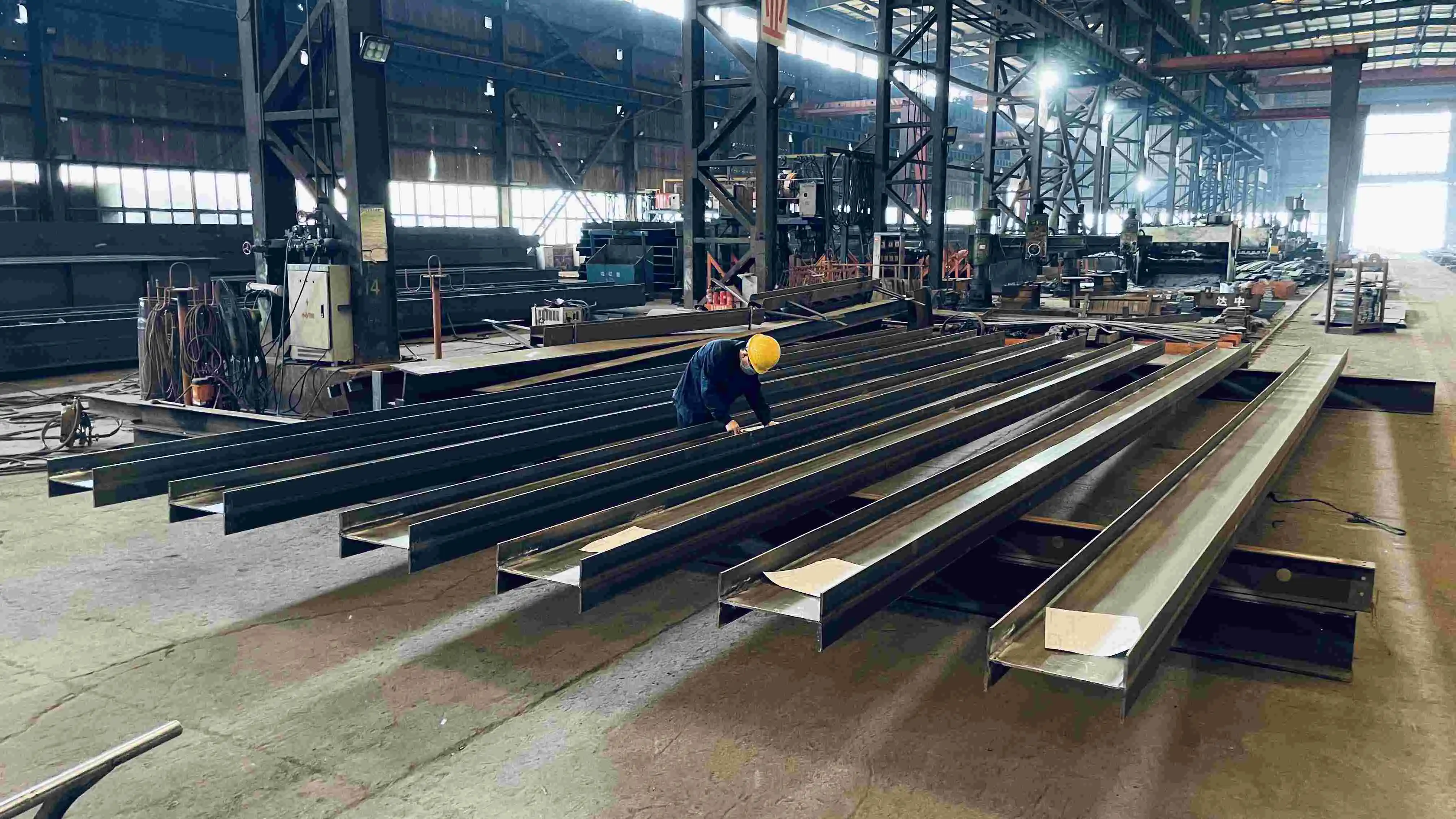
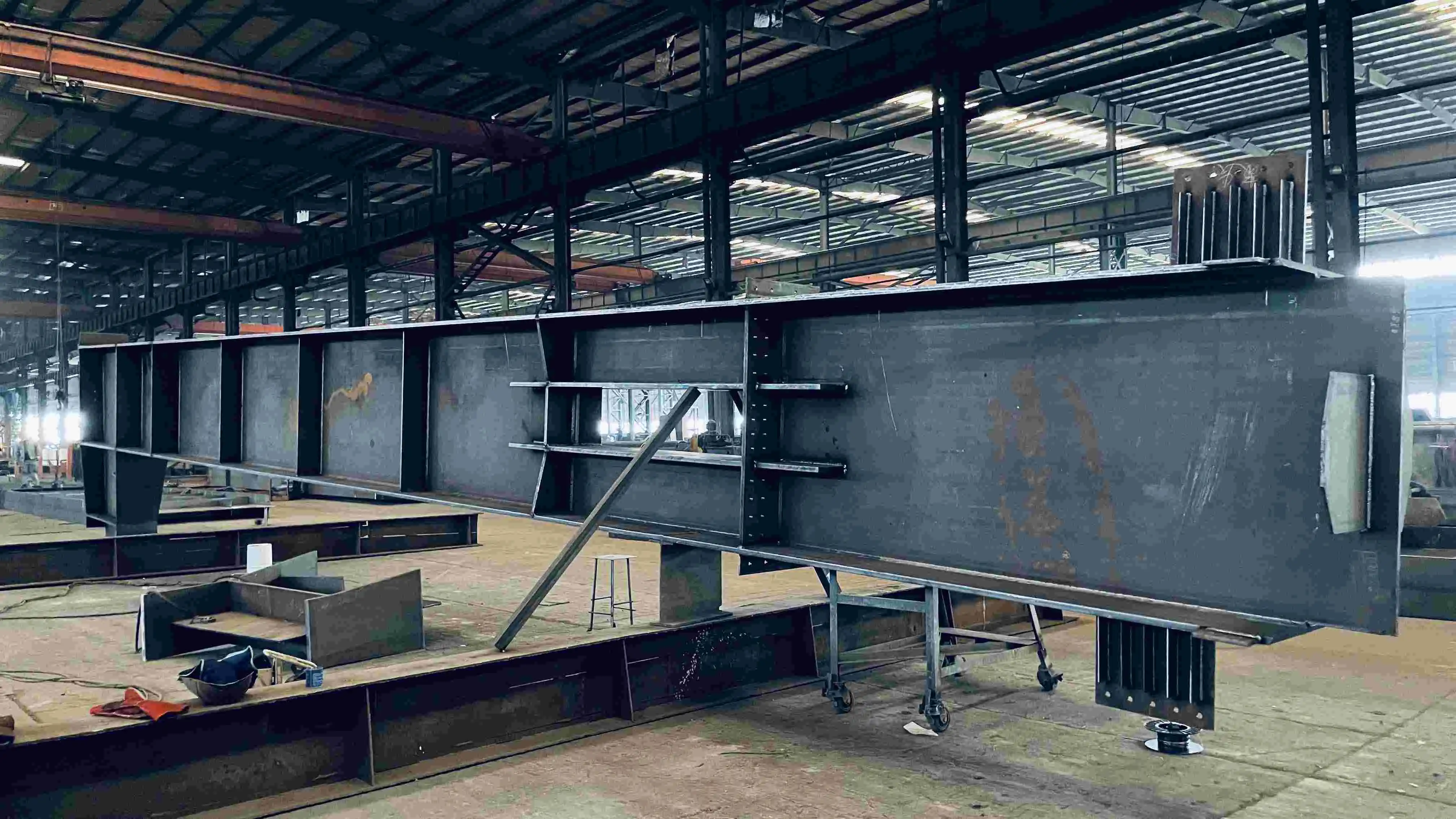
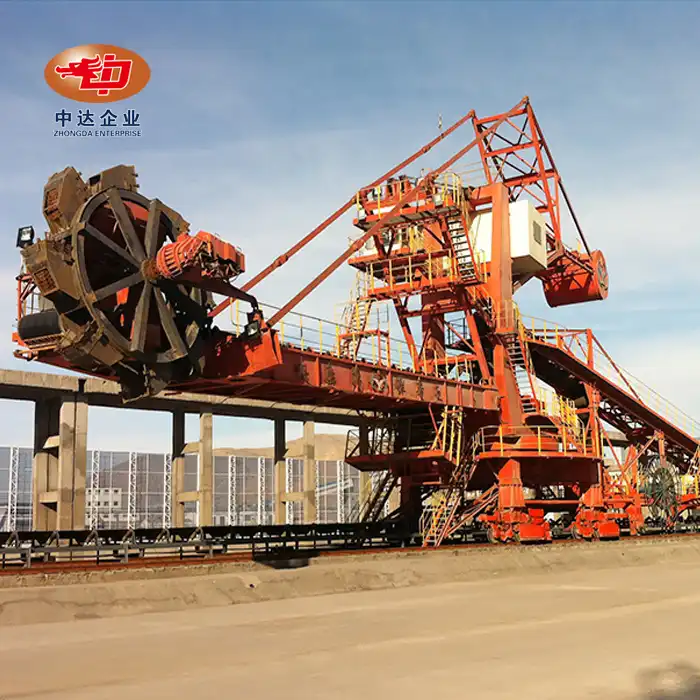

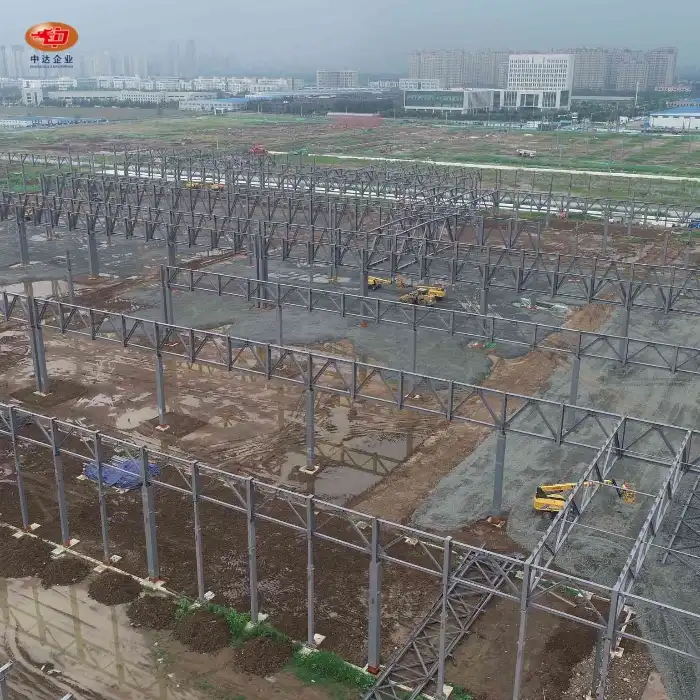


_副本_1762408623604.jpg)
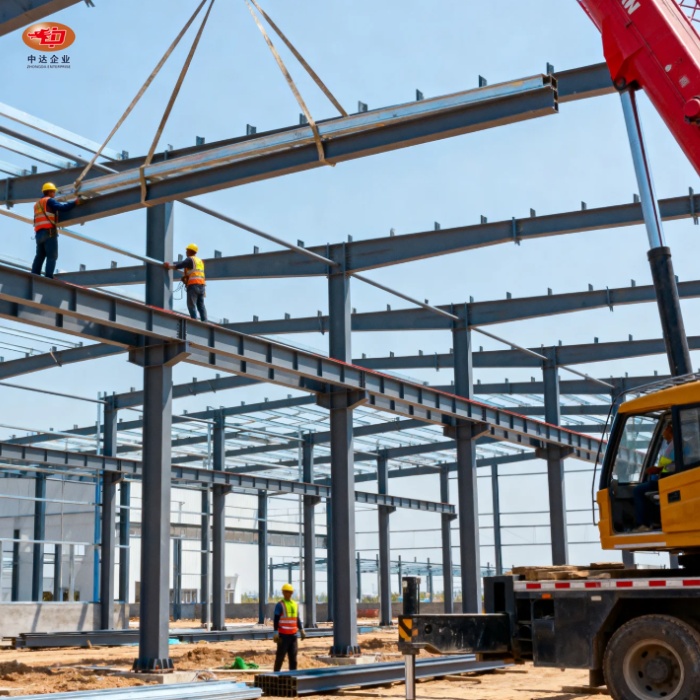
_副本_1758525876027.jpg)
